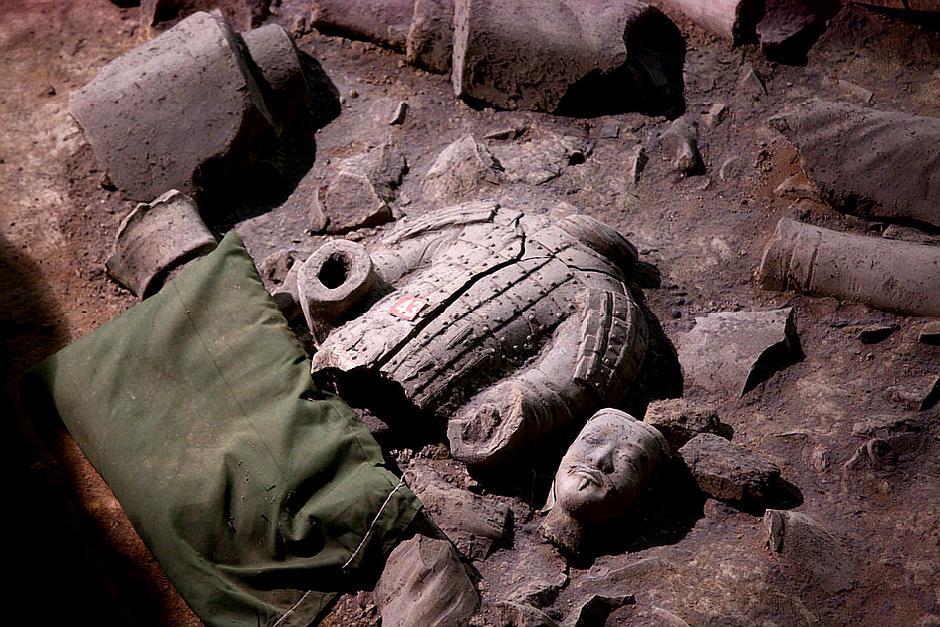
Are Terracotta Warriors Fragile?
The Terracotta Army, a vast collection of life-sized terracotta sculptures depicting the armies of Qin Shi Huang, the first Emperor of China, is a sight to behold. Standing for centuries, these figures might give the impression of being invincible. But are they really as sturdy as they appear? Let's delve into the factors that contribute to their fragility.
The Nature of Terracotta
To understand the fragility of the Terracotta Warriors, we must first understand the material they are made of: terracotta.
-
Porous Material: Terracotta is essentially baked clay, making it a porous material. This means it has tiny holes that can absorb moisture from the surrounding environment.
-
Susceptibility to Water Damage: This absorption of moisture makes terracotta vulnerable to damage, particularly in fluctuating climates. Water expands when it freezes and contracts when it thaws. If terracotta absorbs water that later freezes, the expansion can cause cracks and weaken the structure from within.
-
Impact and Pressure: Terracotta, while hardened by fire, is not as strong as stone or metal. It is susceptible to chipping, cracking, or even breaking upon impact or under pressure.
Factors Contributing to Fragility
Beyond the inherent nature of terracotta, several other factors contribute to the fragility of the Terracotta Warriors:
-
Age and Deterioration: Standing for over 2,000 years, the warriors have naturally undergone deterioration. Time takes its toll on any material, and terracotta is no exception.
-
Environmental Factors: The warriors have been exposed to various environmental factors like humidity, temperature fluctuations, and even earthquakes, all of which contribute to wear and tear.
-
Human Intervention: Excavation and handling, while necessary for research and preservation, also pose a risk of accidental damage to the delicate figures.
Preservation Efforts
Recognizing the fragility of the Terracotta Army, archaeologists and conservators have implemented numerous measures to protect these historical treasures:
-
Controlled Environments: The warriors are housed in climate-controlled museums or shelters to minimize the impact of humidity and temperature fluctuations.
-
Careful Excavation: Archaeologists employ meticulous techniques to excavate and handle the warriors, minimizing the risk of damage during the process.
-
Conservation Treatments: Specialists use various conservation treatments to stabilize the terracotta, repair damage, and prevent further deterioration.
Q&A
Q1: Can the Terracotta Warriors be touched by visitors?
A: No, visitors are not allowed to touch the Terracotta Warriors. This rule is in place to protect the fragile figures from accidental damage due to oils and moisture on human hands.
Q2: Are all the Terracotta Warriors in the same condition?
A: No, the condition of the warriors varies. Some are remarkably well-preserved, while others have suffered more damage due to their burial position, environmental exposure, or other factors.
Q3: What is being done to ensure the long-term preservation of the Terracotta Army?
A: Ongoing research is exploring new conservation techniques and materials. Additionally, there are strict protocols in place for excavation, handling, and display to safeguard these ancient treasures for future generations.